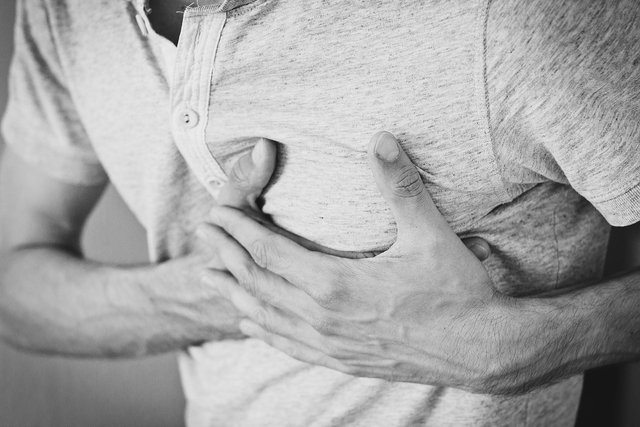
Have you ever wondered how you can safeguard your heart and brain health? Picture this - you're going about your day when suddenly, someone near you clutches their chest in pain or exhibits stroke-like symptoms. Would you know what to do in such a critical situation? More importantly, do you know what you can do to prevent it from happening to you? In this comprehensive guide, we'll explore the warning signs of heart attacks and strokes, and delve into the essential lifestyle changes you can make to protect your heart and brain.
Spotting the Red Flags: Warning Signs of Heart Attacks and Strokes
Understanding the symptoms of heart attacks and strokes is crucial to saving lives and seeking immediate medical attention. Among the typical indicators of a heart attack are::
Chest pain or discomfort: This may feel like pressure, squeezing, fullness, or pain in the center of the chest that lasts for more than a few minutes or goes away and comes back.
Pain in other areas: The pain can spread to the shoulders, arms, neck, jaw, or back.
Shortness of breath: Difficulty breathing, often accompanied by chest discomfort.
Cold sweat, nausea, or lightheadedness: Feeling clammy or experiencing unexplained sweating, dizziness, or a sick sensation.
Similarly, strokes may manifest through the following symptoms:
Rapid onset of numbness or weakness, primarily affecting one side of the face, arm, or leg.
Confusion, trouble speaking, or difficulty understanding speech.
Sudden trouble seeing in one or both eyes.
Severe headache with no known cause.The Importance of Quick Action
Time is of the essence when it comes to responding to heart attacks and strokes. If you or someone around you experience any of the above symptoms, don't hesitate to call emergency services immediately. The sooner medical assistance is received, the better the chances of survival and minimizing long-term damage.Embracing a Heart-Healthy Lifestyle
Prevention is always better than cure. Making positive changes to your lifestyle can significantly reduce the risk of heart disease and stroke. Here are some habits to adopt for a healthier heart:
Maintain a balanced diet by embracing a variety of fruits, vegetables, whole grains, lean proteins, and healthy fats. Minimize consumption of processed foods, sugary beverages, and excessive salt..
Make regular exercise a priority: Strive for a minimum of 150 minutes of moderate-intensity exercise or 75 minutes of vigorous exercise each week. Activities like brisk walking, cycling, swimming, or dancing can be enjoyable and beneficial for your heart.
Ensure a healthy weight: Excess weight or obesity can impose additional strain on your heart. Work towards achieving and maintaining a healthy weight through a combination of diet and exercise.
Quit Smoking: Smoking damages blood vessels, raises blood pressure, and increases the risk of heart attacks and strokes. Seek support to quit this harmful habit.
Limit Alcohol Consumption: Excessive alcohol can raise blood pressure and contribute to heart problems.Practice moderate alcohol consumption if you decide to drink.
Prioritize stress management: Chronic stress can have a detrimental impact on your heart. Practice relaxation techniques, mindfulness, or yoga to manage stress effectively.
Schedule regular health check-ups with your healthcare provider to monitor blood pressure, cholesterol levels, and overall heart health.Encourage Healthy Habits in the Community
Promoting heart-healthy habits shouldn't be a solitary effort. Encourage your friends, family, and colleagues to adopt a healthier lifestyle as well. Organize group activities, cooking sessions, or wellness workshops to create a supportive environment for positive change.
Conclusion
Protecting your heart and brain health is a journey that begins with awareness and action. Educate yourself about the warning signs of heart attacks and strokes, and be prepared to act swiftly in emergencies. By making simple yet significant lifestyle changes, you can reduce the risk of cardiovascular diseases and pave the way for a healthier and happier life.
Remember, your heart matters, so take care of it today for a vibrant tomorrow!
Regards @hamigafoor
This content shows that it is generated by artificial intelligence.
You can check the following link for Steemit's content policies,
https://steemit.com/faq.html#What_is_considered_spam_or_abuse
@xpilar
Downvoting a post can decrease pending rewards and make it less visible. Common reasons:
Submit